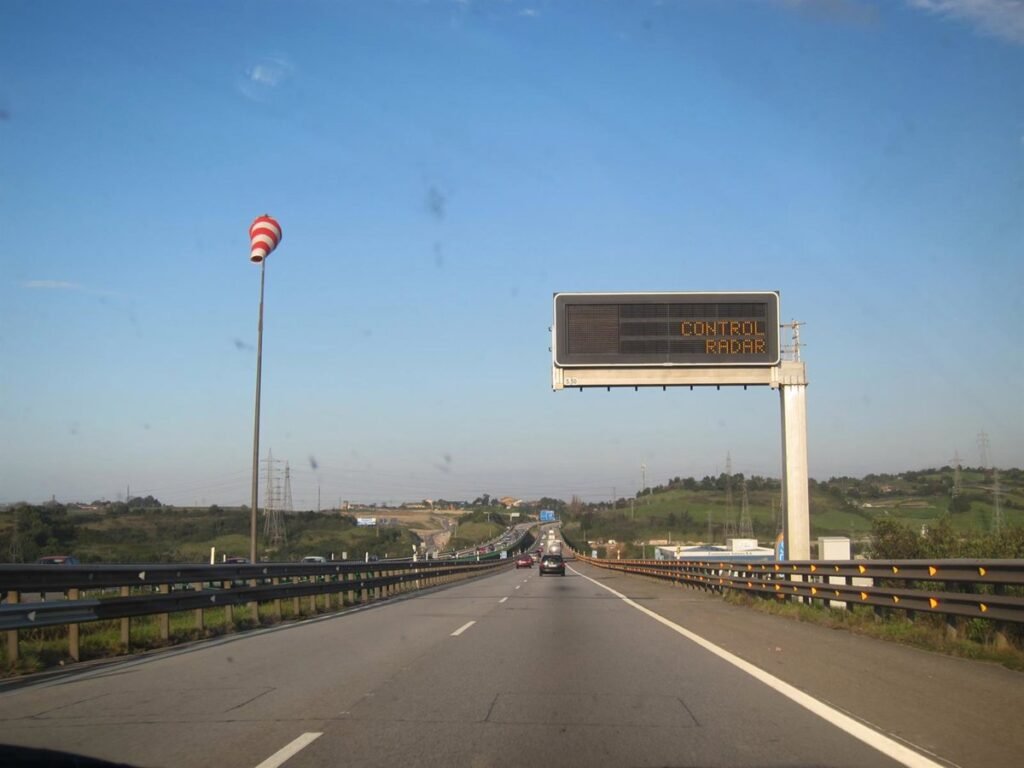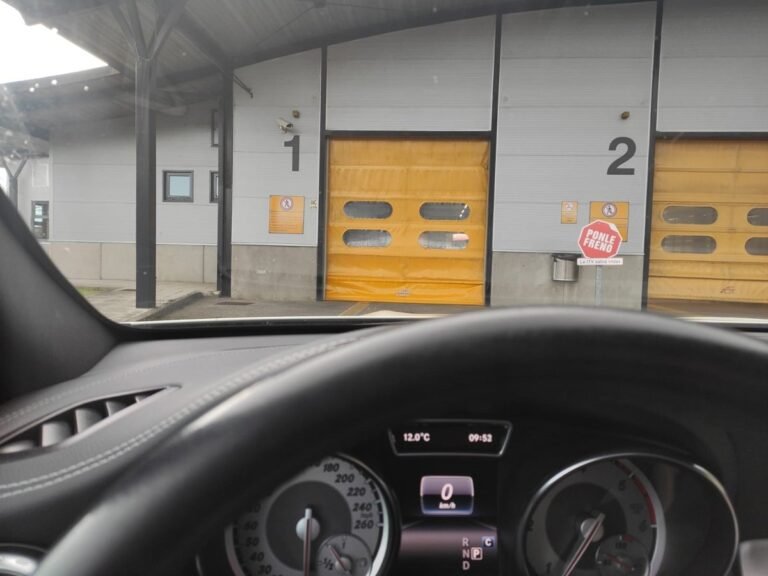
The radar installed on the A-66 road at El Caleyo, in Oviedo, is the most fined in Asturias, with 19,794 fines in 2024, according to the study carried out by European Motorists Association (AEA).
Despite being the radar that fines the most in Asturias, this device reduced sanctions by 24.17% compared to 2023. In total, there were 58,082 fines in Asturias in 2024, 23.1% less than the previous year.
The radar at El Caleyo is followed by the one located at kilometer 13 of the same road, just before the A-66 splits into the A-8 at the ‘Y’. This unit recorded 7,468 fines, while in 2023 there were 6,866.
Completing the ‘top 5’ of the most active radars of the DGT is the one located on the A-8 at Tabaza; those on the N-632 at Avilés at kilometers 100 and 98.
NATIONAL DATA
Fifty radars installed on the roads account for 30% of almost the 3.5 million speeding fines processed by the General Directorate of Traffic (DGT) in 2024. Specifically, these «50 most fined radars» issued 1,156,954 fines, more than half of which were already in the ranking of the most active speed cameras from the previous year.
The radar that has issued the most fines is located at kilometer 20 of the M-40 (Madrid), followed by the devices located at kilometer 968 of the A-7 in Málaga; kilometer 127 of the A-15 in Navarra, and kilometer 74 of the A-381 in Cádiz.
Throughout the past year, DGT radars issued 3,440,655 fines, an increase of 4% compared to the same period the previous year (3,305,978). In terms of fines, the AEA report points out that Andalucía continues to lead the ranking of the autonomous communities with the most active radars, with 959,592 fines, representing 27.8% of the total fines issued in all of Spain, followed by Castilla y León, with 413,343 fines (12%); the Valencian Community, with 366,360 (10.6%), and Castilla La Mancha, with 310,795 (9%).
Regarding the radar located at kilometer 20 of the M-40 (Madrid), it issued 74,873 fines, although its activity decreased by 36% compared to the previous year. On the other hand, AEA highlights in its report the sanctioning pace of the radars at kilometer 968 of the A-7 in Málaga (67,502 fines); kilometer 127 of the A-15 in Navarra (60,878 fines) and kilometer 74 of the A-381 in Cádiz (54,835 fines), which «catch» more drivers each year.
Additionally, AEA draws attention to the fact that certain radars have exponentially increased their activity. For example, the radar at kilometer 245 of the A-4 in Jaén went from issuing 2 fines in 2023 to 24,189 in 2024. The radars at kilometer 231 of the A-1 in Burgos, and at kilometer 74 of the A-381 in Cádiz, also experienced significant increases of over 500% and 1,400%, respectively.
Given the significant number of fines issued mainly on highways and expressways, and not on secondary roads where 70% of accidents with victims occur, the president of AEA, Mario Arnaldo, believes that «the DGT should reconsider its radar policy, as it is not achieving the objective of preventing speeding and accidents, turning radars into mere revenue-generating tools.»






